America’s national parks are some of the most popular destinations for RV enthusiasts, particularly Out West, where Yosemite, the Grand Tetons, Zion, the Grand Canyon and other parks showcase some of the most spectacular scenery in the world. But RVers invariably discover that the Western states have also preserved many of their historic gold, silver, and copper mining towns, most of which hit their peaks in the late 1800s as pioneers sought to make it rich working in the mines.
The boom periods for each of these towns were relatively brief, but stories about the outlaws, gamblers, and gunslingers who roamed the streets of places like Deadwood, South Dakota, and Tombstone, Arizona have taken on a life of their own in American folklore and in real-life as actors roam the streets of these towns, dressed in period costumes, giving visitors a taste of life in the Old West.
In Tombstone, visitors can witness daily reenactments of the famous shootout at the O.K. Corral and take stagecoach rides through the historic town, which offers a mix of original buildings, including a courthouse, saloons, and museums, such as Wyatt Earp's House, along with modern tourist shops and attractions. In addition to having actors walking its streets in period attire, Deadwood offers everything from Wild West-style shout-outs on the street to historical talks.
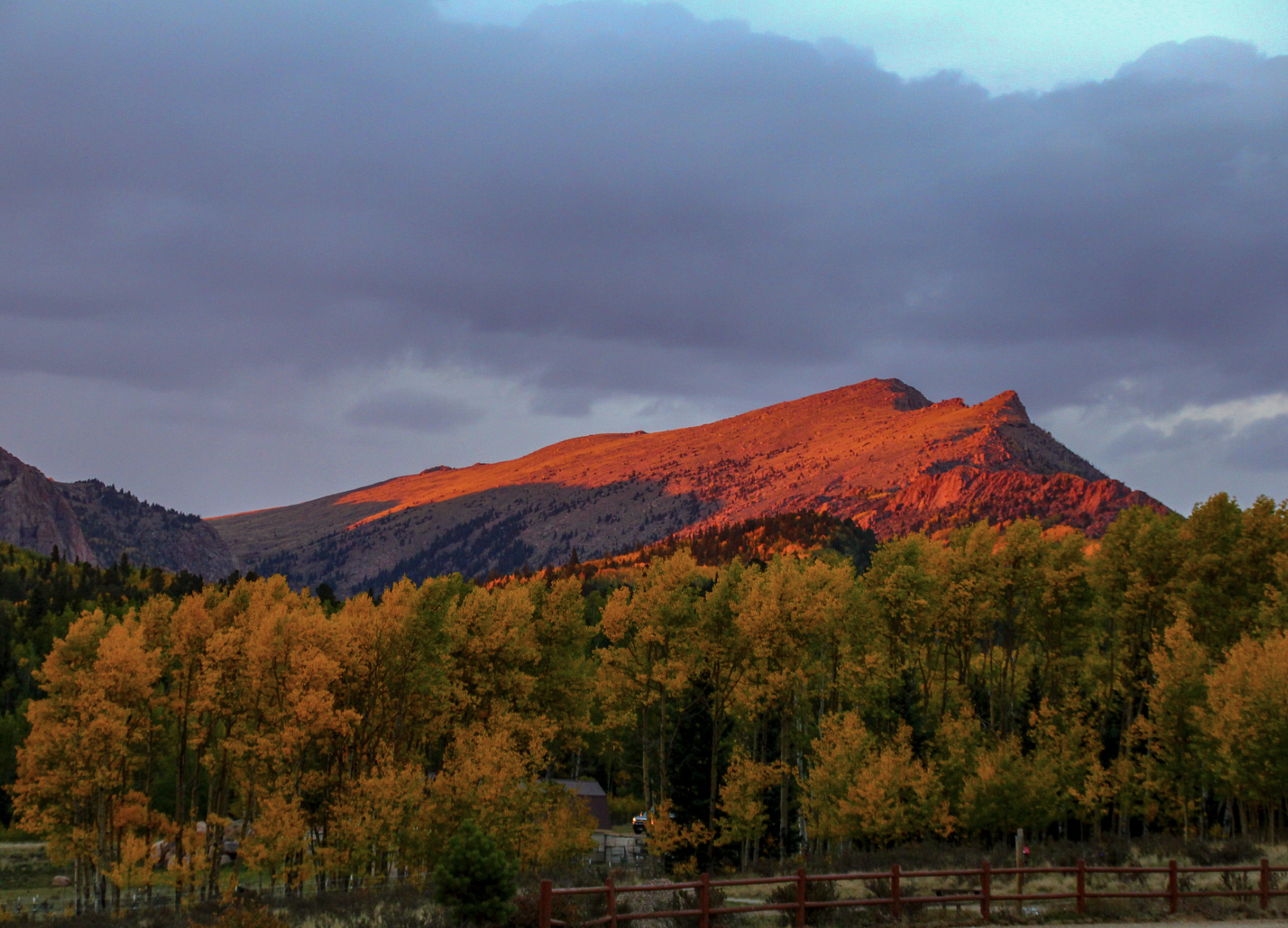
Many of the historic mining towns of the Old West have been able to maintain their unique charm thanks to local efforts to preserve their beautiful historic homes and buildings, which complement the history tours, museums and Western-themed stores and attractions that travelers enjoy today.
Visitors to historic Virginia City, Nevada for example, can take tours of actual gold and silver mines and walk the streets, which are lined with original Victorian-style homes and buildings dating back to the late 1800s. Some of the historic mining towns of the West have become true ghost towns, like Bodie State Historic Park, which was developed on a cold, windswept plain 8,000 feet up in the Basin Range, just east of Yosemite. Bodie offers visitors the opportunity to explore the Western states’ largest concentration of original homes, storefronts, and mining facilities that date back to its heyday in the late 1800s.
To jumpstart your RV tours of the Old West, here are more detailed descriptions of several historic mining towns of the Old West, complete with listings of nearby campgrounds:

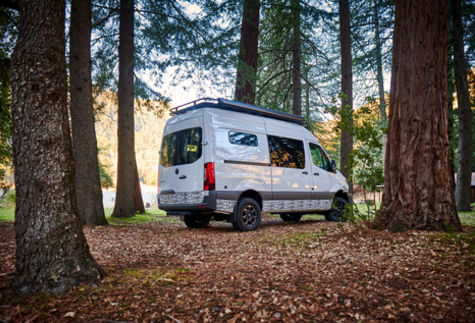
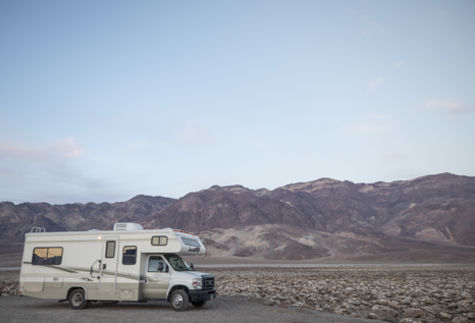

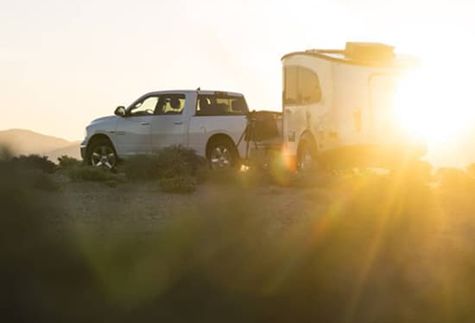
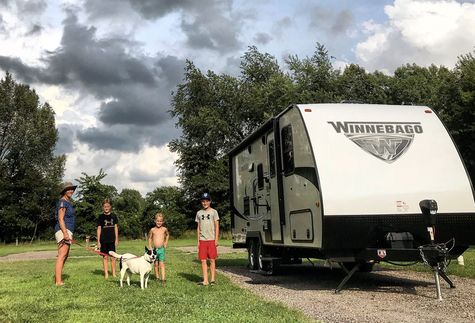



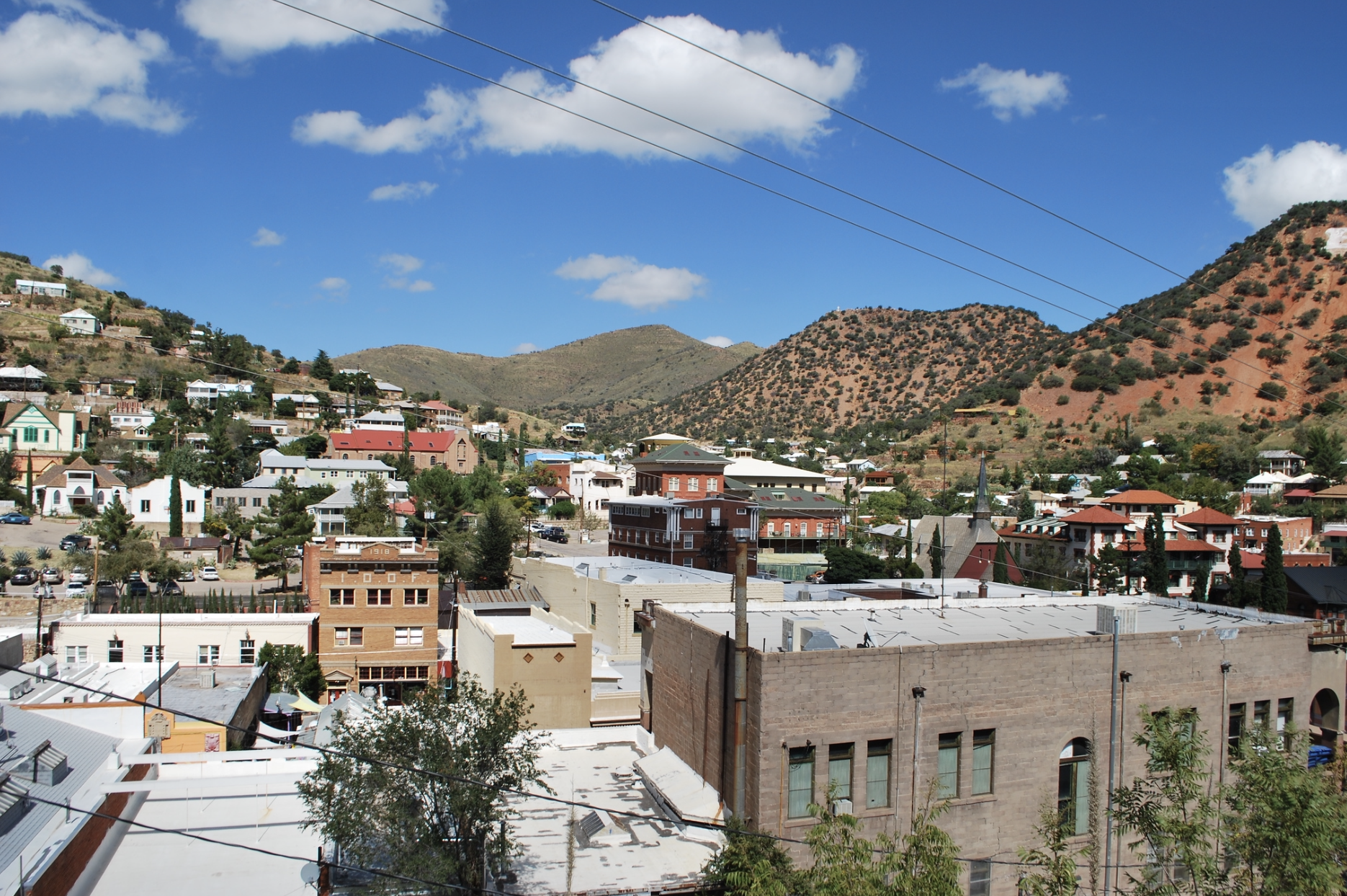 The town of Bisbee, AZ
The town of Bisbee, AZ



